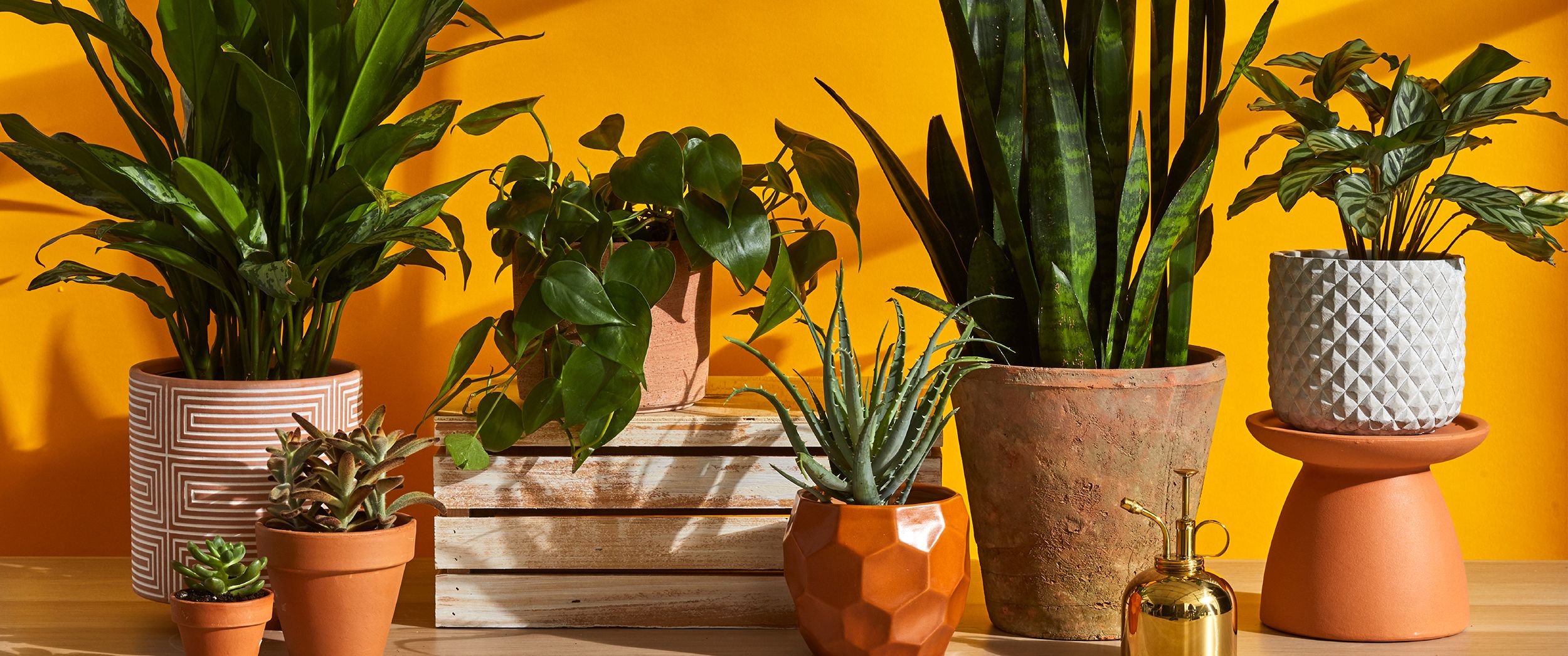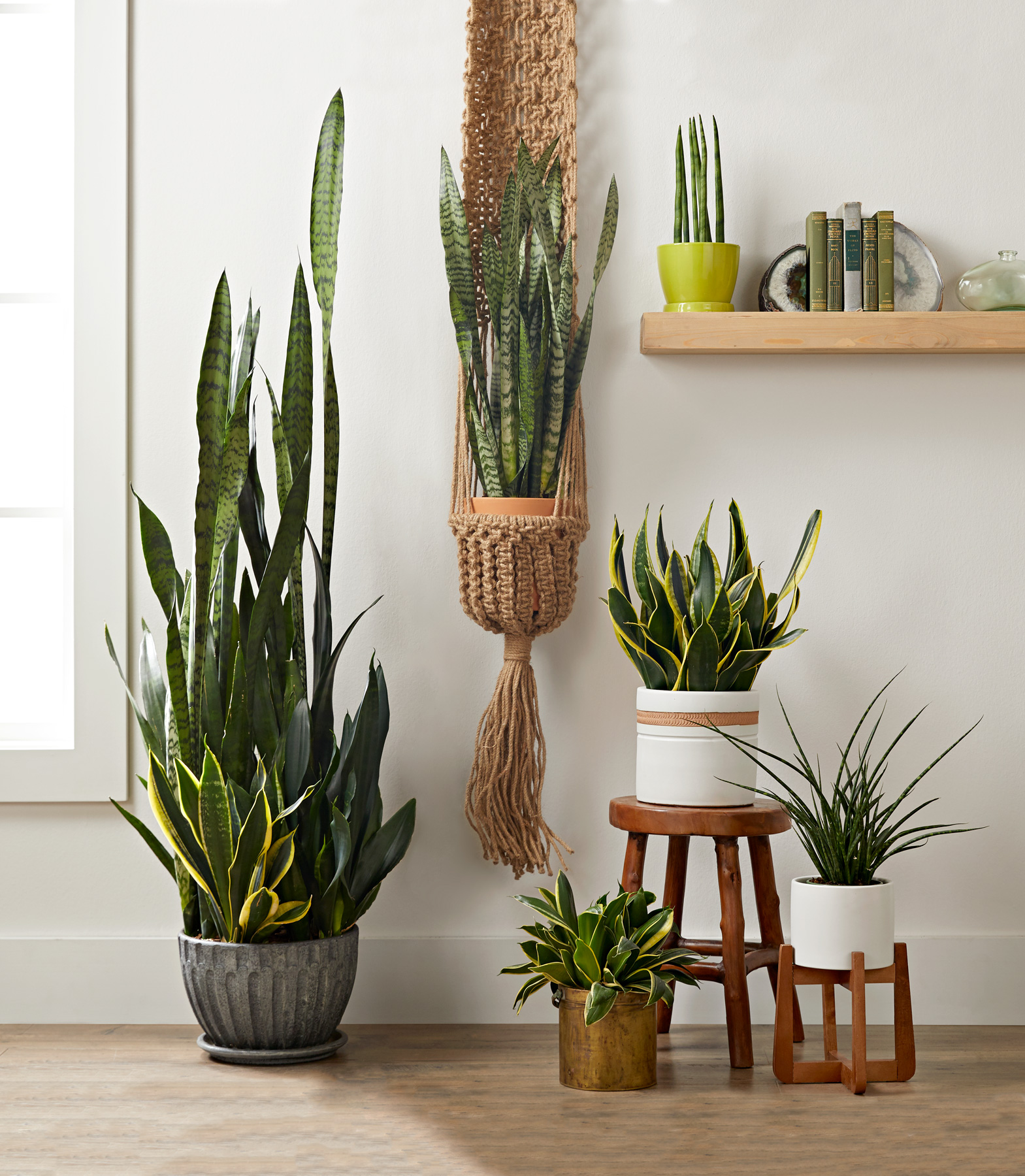“indoor plants
Table of Content
- 1 The Verdant Embrace: Cultivating a Thriving Indoor Plant Oasis
- 1.1 The Multifaceted Benefits of Indoor Plants: More Than Just Greenery
- 1.1.1 1. Health and Well-being Enhancement:
- 1.1.2 2. Aesthetic and Design Impact:
- 1.2 Choosing Your Green Companions: A Strategic Approach
- 1.2.3 1. Assess Your Environment:
- 1.2.4 2. Consider Your Lifestyle:
- 1.2.5 3. Popular Choices for Beginners and Beyond:
- 1.3 The Pillars of Plant Care: Nurturing Your Indoor Oasis
- 1.3.6 1. Light: The Elixir of Life
- 1.3.7 2. Watering: The Art of Hydration
- 1.3.8 3. Humidity: Mimicking Nature
- 1.3.9 4. Temperature: Finding the Sweet Spot
- 1.3.10 5. Soil and Potting: The Foundation

The Verdant Embrace: Cultivating a Thriving Indoor Plant Oasis
In an increasingly urbanized world, where concrete jungles often replace natural landscapes, the yearning for a connection with nature has never been stronger. Enter the humble indoor plant – a silent, leafy companion that brings a slice of the wilderness directly into our homes and workspaces. More than just decorative elements, indoor plants are living, breathing entities that offer a myriad of benefits, from purifying the air we breathe to enhancing our mental well-being. This comprehensive guide delves into the fascinating world of indoor plants, exploring their multifaceted advantages, the art of selecting the right green companions, the essential pillars of their care, troubleshooting common challenges, and how to seamlessly integrate them into your living spaces to create a thriving indoor oasis.
The Multifaceted Benefits of Indoor Plants: More Than Just Greenery
The allure of indoor plants extends far beyond their aesthetic appeal. Their presence profoundly impacts our physical and mental health, making them indispensable allies in modern living.
1. Health and Well-being Enhancement:
- Air Purification: Perhaps the most celebrated benefit, indoor plants are natural air filters. Studies, most notably by NASA, have shown that certain plants can effectively remove volatile organic compounds (VOCs) like benzene, formaldehyde, trichloroethylene, xylene, and ammonia from the air. These toxins, commonly found in household products, furniture, and building materials, can contribute to "sick building syndrome." Plants absorb these pollutants through their leaves and transfer them to their root systems, where microorganisms convert them into nutrients.
- Stress Reduction and Mood Enhancement: The presence of greenery has a calming effect on the human psyche, a phenomenon known as biophilia – our innate tendency to connect with nature. Studies have demonstrated that interacting with plants can lower blood pressure, reduce feelings of anxiety, and improve overall mood. The act of tending to plants itself can be a meditative and therapeutic practice, offering a sense of purpose and accomplishment.
- Improved Focus and Productivity: Research suggests that plants in workspaces can increase concentration levels and boost productivity. The subtle stimulation provided by natural elements helps to reduce mental fatigue, making it easier to stay focused on tasks.
- Humidity Regulation: Many indoor environments, especially those with air conditioning or heating systems, can become excessively dry. Plants release moisture vapor through transpiration, naturally increasing humidity levels. This can be particularly beneficial for respiratory health, alleviating dry skin, and preventing sore throats.

2. Aesthetic and Design Impact:
- Adding Life and Vibrancy: Plants instantly inject life, color, and texture into any room. They break the monotony of inanimate objects, creating a dynamic and inviting atmosphere.
- Enhancing Interior Decor: Whether your style is minimalist, bohemian, modern, or traditional, there’s a plant that complements it. Plants can serve as focal points, soften harsh lines, or add a touch of natural elegance. Their diverse shapes, sizes, and leaf patterns offer endless possibilities for interior styling.
- Creating a Sense of Serenity: The lush green hues and organic forms of plants contribute to a peaceful and tranquil environment, transforming a house into a home and a workspace into a sanctuary.

Choosing Your Green Companions: A Strategic Approach
The journey to a thriving indoor plant collection begins with thoughtful selection. Not all plants are created equal, and understanding your environment and lifestyle is crucial for success.
1. Assess Your Environment:

- Light Levels: This is the single most critical factor. Observe your home throughout the day.
- Bright, Direct Light: South-facing windows often receive direct sun for several hours. Ideal for cacti, succulents, and some flowering plants.
- Bright, Indirect Light: East or west-facing windows, or a few feet away from a south window. Most tropical foliage plants thrive here (e.g., Monstera, Fiddle Leaf Fig).
- Low Light: North-facing windows or interior rooms with minimal natural light. Opt for resilient plants like Snake Plants, ZZ Plants, or Pothos.
- Temperature Consistency: Most indoor plants prefer stable temperatures between 65-75°F (18-24°C). Avoid placing them near drafts from windows or vents, or next to heat sources.
- Humidity: Tropical plants (ferns, calatheas, orchids) require higher humidity. If your home is dry, you’ll need to supplement humidity.
2. Consider Your Lifestyle:
- Time Commitment: Are you a dedicated plant parent ready for daily checks, or do you prefer low-maintenance companions that forgive occasional neglect? Beginners should start with resilient plants.
- Pet Safety: Many popular houseplants are toxic to pets if ingested. Always research a plant’s toxicity before bringing it home, especially if you have curious cats or dogs. Pet-friendly options include Spider Plants, Boston Ferns, African Violets, and Prayer Plants.
- Space Available: Account for the plant’s mature size. A small Fiddle Leaf Fig sapling can quickly grow into a towering tree.
3. Popular Choices for Beginners and Beyond:
- For Low Light & Low Maintenance: Snake Plant (Sansevieria), ZZ Plant (Zamioculcas zamiifolia), Pothos (Epipremnum aureum), Spider Plant (Chlorophytum comosum).
- For Bright, Indirect Light & Moderate Care: Monstera Deliciosa, Fiddle Leaf Fig (Ficus lyrata), Peace Lily (Spathiphyllum), Prayer Plant (Maranta leuconeura), Philodendron.
- For High Humidity & More Attention: Ferns (Maidenhair, Boston), Calatheas, Orchids.
The Pillars of Plant Care: Nurturing Your Indoor Oasis
Once you’ve chosen your green companions, understanding their fundamental needs is paramount. Consistency and observation are key to a thriving indoor garden.
1. Light: The Elixir of Life
- Understanding Needs: Each plant has specific light requirements. "Bright indirect light" means the plant sees the sky but not the direct sun’s rays. Signs of too little light include leggy growth, small leaves, and faded colors. Too much light can cause scorched leaves (brown, crispy spots) or bleached foliage.
- Rotation: Rotate your plants every few weeks to ensure even growth and prevent them from leaning towards the light source.
- Supplemental Lighting: For low-light areas or during winter months, consider using LED grow lights. Full-spectrum lights mimic natural sunlight and can significantly boost plant health.
2. Watering: The Art of Hydration
- Feel the Soil: This is the golden rule. Stick your finger about 1-2 inches into the soil. If it feels dry, it’s time to water. If it’s still damp, wait. Overwatering is the most common killer of indoor plants, leading to root rot.
- Thorough Watering: When you water, do so thoroughly until water drains from the bottom of the pot. This ensures all roots get moisture and flushes out mineral buildup. Discard any standing water in the saucer after 15-30 minutes.
- Water Quality: Tap water often contains chlorine and fluoride, which can be harmful to some sensitive plants. Letting water sit out for 24 hours allows chlorine to evaporate. Rainwater or distilled water are excellent alternatives.
- Signs of Trouble: Drooping leaves can indicate both overwatering (roots suffocating) and underwatering (lack of moisture). Yellowing leaves often point to overwatering, while crispy brown edges usually mean underwatering or low humidity.
3. Humidity: Mimicking Nature
- Tropical plants thrive in humidity levels of 50-70%. If your home is dry, especially in winter, consider:
- Pebble Trays: Fill a shallow tray with pebbles and water, placing the pot on top. The evaporating water increases humidity around the plant.
- Humidifiers: A small room humidifier can significantly benefit a group of plants.
- Grouping Plants: Plants release moisture through transpiration, so grouping them together creates a microclimate of higher humidity.
- Misting: While popular, misting only provides a temporary boost in humidity and can sometimes encourage fungal growth if not done properly. Focus on the other methods for sustained humidity.
4. Temperature: Finding the Sweet Spot
- Most indoor plants prefer temperatures between 65-75°F (18-24°C) during the day and slightly cooler at night. Avoid sudden temperature drops or exposure to cold drafts from windows or air conditioning vents.
5. Soil and Potting: The Foundation
- Well-Draining Potting Mix: This is crucial. Regular garden soil is too dense for pots and can lead to waterlogging. Use a high-quality potting mix designed for indoor plants, often containing peat moss, perlite, and verm

